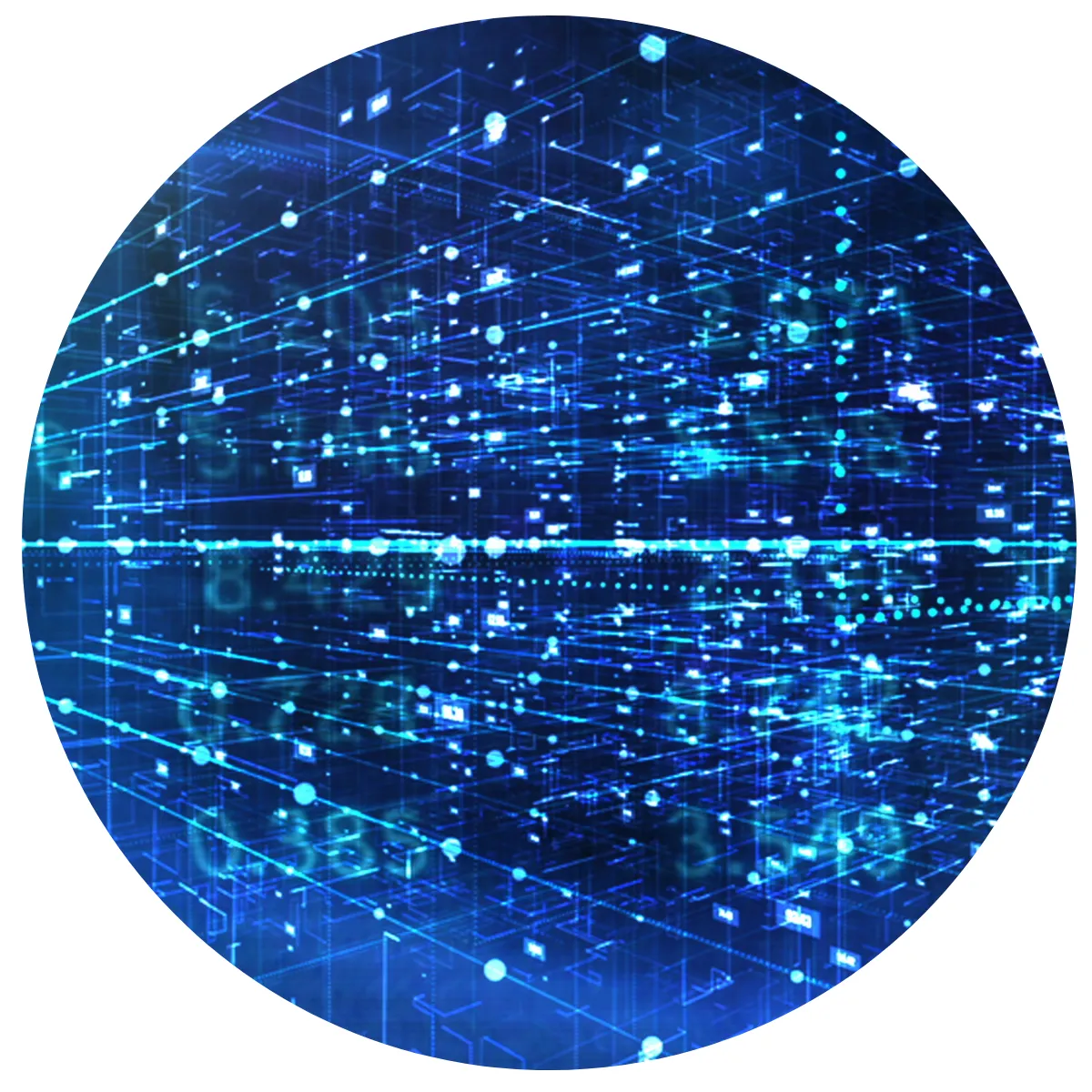AI is transforming the workplace—but it’s time to shift the narrative. Artificial intelligence isn’t replacing people. It’s replacing patterns.
The real value of AI integration services lies in automating repetitive, rules-based tasks so that human teams can focus on what they do best: solve problems, make decisions, and innovate. This is not about eliminating roles. It’s about enhancing them.
Still, concerns about job automation remain high, especially in process-driven roles. As Dmitri Adler, Co-Founder of Data Society, explains, understanding this shift is essential to thriving in today’s dynamic landscape. “AI business solutions work best when they are designed to complement—not replace—human intelligence,” he notes.
Enterprise AI solutions are redefining the boundaries between people and technology. Successful digital workplace transformation requires more than just new tools. It calls for a mindset shift: recognizing where human creativity remains essential and designing artificial intelligence integration services that support, not supplant, human contribution.
This is the future of work—where AI and people collaborate to deliver better outcomes, faster.
“AI doesn’t take jobs; it changes them,” Adler explains. “If you’re following the exact same pattern day after day, that task is ripe for automation. But when you bring deep expertise and adaptability to your role, AI becomes a tool to scale your value—not replace you.”
What AI and Job Automation Really Mean
Repetitive, rule-based work is a natural fit for AI automation. These structured, predictable tasks are where AI business solutions can deliver measurable efficiency gains. But not all work is automatable—and that’s where the conversation shifts.
Roles that require creativity, critical thinking, and adaptability are not disappearing. In fact, they’re becoming more vital than ever in an era shaped by enterprise AI solutions and digital workplace transformation. Rather than replacing human expertise, AI integration services are designed to augment it—enabling professionals to work faster, smarter, and with greater accuracy.
The most impactful artificial intelligence integration services don’t replace people. They elevate them.
As organizations evolve, so do the opportunities. As Forbes put it, “This shift is creating new roles and opportunities that we couldn’t have imagined a decade ago, proving that technological advancement doesn’t eliminate human work—it evolves it.”
For example:
- Instructional designers who understand how people learn will use AI to scale learning frameworks across diverse industries and learners.
- Data analysts and engineers can automate repetitive tasks, freeing them to focus on insights and innovation.
“The key isn’t to compete with AI; it’s to amplify your expertise through AI,” Adler emphasizes.
Upskilling: The Solution to AI Job Automation

AI and job automation are reshaping job requirements across every industry. As organizations invest in AI business solutions and undergo large-scale digital transformation, the nature of work is shifting. New tools, systems, and performance expectations are emerging, while repetitive tasks are being streamlined or phased out through AI integration services.
This evolving landscape demands more than adaptation. It requires intentional growth. The most successful organizations pair artificial intelligence integration services with a commitment to continuous learning and upskilling.
In the midst of sweeping workplace transformation, the most resilient professionals are those who lean into change. They cultivate future-ready skills that align with the new demands of an AI-powered workforce, skills that emphasize agility, collaboration, and strategic thinking.
Enterprise AI solutions may be the spark—but it’s people who turn that spark into lasting impact.
At Data Society, we’ve worked with organizations facing this shift head-on:
- Technical transformations: Helping statisticians transition to tools like Python for advanced analytics.
- Dynamic roles: Upskilling teams to collect, store, and deploy data for AI-powered tools like automated chatbots or document generators.
“AI is changing what jobs require,” Adler explains. “Continuous upskilling ensures people stay ahead of these changes.”
Embracing AI and Job Automation
AI and job automation aren’t threats—they’re catalysts for growth and innovation. When implemented strategically, AI business solutions become powerful tools that help professionals amplify their impact, streamline workflows, and approach problem-solving with greater creativity.
Within the context of ongoing digital transformation, enterprise AI solutions empower teams to move faster, think bigger, and stay ahead of the curve. This is where the true value of artificial intelligence integration services comes to life—not as replacements for human effort, but as accelerators of human potential.
To thrive in today’s digitally transformed workplace, professionals must embrace this shift. AI integration services work best when paired with a culture of adaptability, curiosity, and continuous learning. This mindset is what separates organizations that react to change from those that lead it.
The future of work belongs to those who adapt, learn, and use AI as a partner. Is your team ready to thrive in this new landscape?
Explore how Data Society helps organizations navigate AI and job automation with customized upskilling programs.
Q&A: AI and Job Automation in the Modern Workplace
AI business solutions refer to technologies and platforms that use artificial intelligence to streamline workflows, automate repetitive tasks, and improve decision-making. In the workplace, they’re used to enhance productivity, reduce human error, and unlock more time for strategic, creative work.
